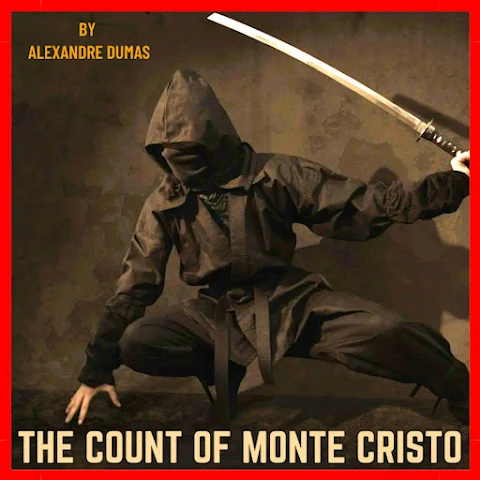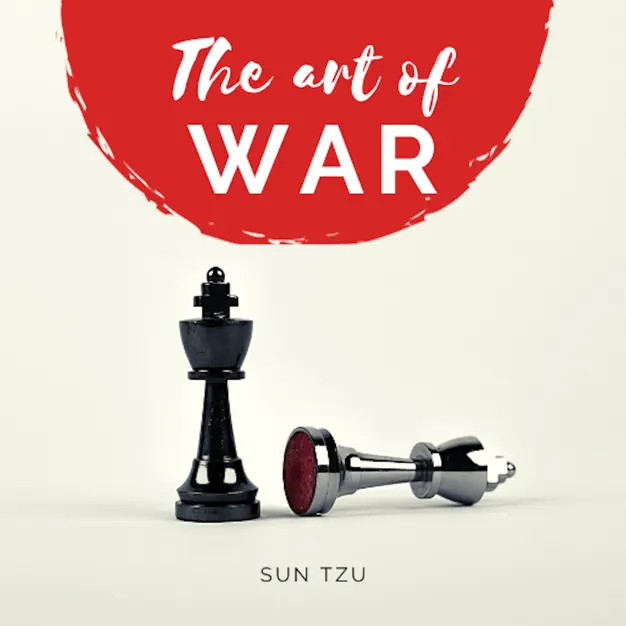Introduction
The maritime world plays a crucial role in The Count of Monte Cristo, serving as both setting and metaphor. From Edmond Dantès' initial career as a sailor to his dramatic escape from the Château d'If, the sea represents freedom, danger, opportunity, and fate, weaving through the narrative as a constant presence that shapes characters and events.
Listen to the Maritime Adventure:
Listen on SpotifyHistorical Context: Mediterranean Maritime Trade
The novel's maritime setting reflects the vibrant world of Mediterranean shipping in the early 19th century. During this period:
- Marseille was a major trading port connecting France to the world
- Maritime commerce was vital to European economies
- Napoleonic Wars had recently reshaped naval power
- Pirates and smugglers operated throughout the region
- Naval career offered opportunities for social advancement
"The sea is the realm of chances, where even the most unlikely events can occur."
Dantès as a Sailor
Edmond Dantès' identity as a sailor is fundamental to his character and the story's development:
Early Career
- Rise to first mate of the Pharaon
- Expertise in navigation and seamanship
- Respect earned among crew and merchants
- Promise of captaincy and social advancement
Maritime Skills and Knowledge
His seafaring abilities prove crucial throughout the narrative:
- Navigation and chart reading
- Understanding of weather and tides
- Knowledge of Mediterranean geography
- Familiarity with ports and shipping routes
The Sea as Freedom and Prison
The novel presents a complex relationship between maritime spaces and freedom:
Château d'If
- Island prison surrounded by sea
- Water as both barrier and escape route
- Symbolic isolation and confinement
- Ultimate means of liberation
"The sea washes away all traces of the past, just as it will wash away all traces of my escape."
Maritime Commerce and Power
The novel explores how maritime trade influences power dynamics:
Economic Aspects
- Shipping as source of wealth
- International trade networks
- Maritime insurance and finance
- Competition between trading houses
Criminal Elements
- Smuggling operations
- Piracy in the Mediterranean
- Corrupt shipping practices
- Underground maritime networks
Symbolic Significance of the Sea
Throughout the novel, the sea serves multiple symbolic functions:
Metaphorical Meanings
- Freedom and escape
- Danger and uncertainty
- Transformation and rebirth
- Connection between worlds
- Divine providence and fate
Naval Technology and Vessels
The novel provides detailed descriptions of maritime technology:
Types of Ships
- Merchant vessels like the Pharaon
- Smuggling boats and small craft
- Pleasure yachts of the wealthy
- Naval vessels and patrol boats
Navigation and Seamanship
- Traditional navigation methods
- Weather prediction
- Ship handling techniques
- Port operations and procedures
Maritime Culture and Society
The novel depicts the unique culture of maritime communities:
Social Aspects
- Hierarchy aboard ships
- Port city society and customs
- Sailors' superstitions and traditions
- Maritime law and justice
"A sailor's life is one of constant change, where today's calm can become tomorrow's storm."
Impact on Plot Development
Maritime elements drive key plot points throughout the novel:
- Dantès' initial arrest and imprisonment
- Escape from Château d'If
- Discovery of the Monte Cristo treasure
- Travel and communication between characters
- Final resolution and escape
Modern Relevance
The maritime themes in The Count of Monte Cristo continue to resonate:
- Global trade and commerce
- Environmental concerns
- Maritime security issues
- Cultural exchange and connection
Conclusion
The maritime themes in The Count of Monte Cristo serve as more than mere background elements. They are integral to the story's structure, symbolism, and character development, creating a rich tapestry that enhances the novel's depth and meaning. Through his masterful use of maritime elements, Dumas creates a world where the sea becomes both literal and metaphorical space for transformation, revenge, and redemption.



